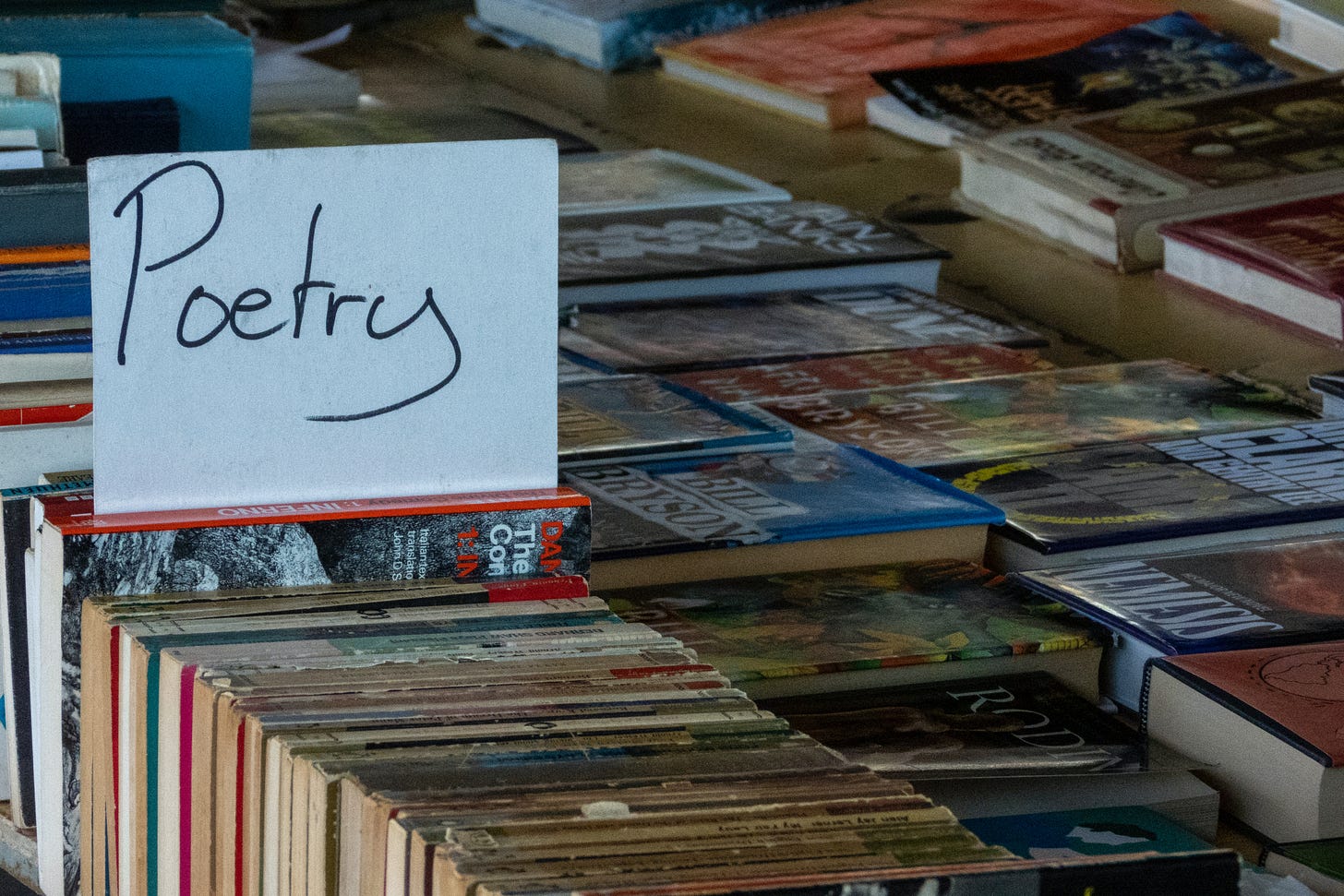Whackadoodle Poetry: How Structure Helps Free Your Creative Mind
A Whackadoodle writing assignment, for my student, and you...

“Why are you forcing me to write a sonnet? The assignment says that I need to write a poem. Why can’t I just write a haiku?”
“Because haikus are easy. Five beats, seven beats, five beats. Profound if you know how to write one, but too easy to for kids to imitate.”
I grabbed a pad, and quickly wrote:
I hate writing words. Writing words is not much fun. Let's play basketball.
“There you go, a haiku,” I said, slamming the pad in front of her. “It took me less than a minute. It’s a haiku, but it didn’t teach you anything, and it’s certainly not profound.”
“So what will a sonnet teach me?”
“It will teach you the power of choosing your words carefully because writing a sonnet takes thought even for kids trying to complete an easy assignment.”
“Fine,” she grumbled. “What are the rules again?”
“It’s a structure. Once you understand the structure, you are allowed to move beyond it,” I reminded her.
“Great,” she sighed. “What’s the structure?”
“Three stanzas, written in iambic petameter, following an A, B, A, B rhyming structure, followed by an iambic petameter couplet. Here’s one of my favorites. It’s by William Shakespeare, and titled 110 Sonnet:
Alas! ’tis true, I have gone here and there, And made myself a motley to the view, Gored mine own thoughts, sold cheap what is most dear, Made old offences of affections new; Most true it is, that I have looked on truth Askance and strangely; but, by all above, These blenches gave my heart another youth, And worse essays proved thee my best of love. Now all is done, have what shall have no end: Mine appetite I never more will grind On newer proof, to try an older friend, A god in love, to whom I am confined. Then give me welcome, next my heaven the best, Even to thy pure and most most loving breast.
“And what is this structure going to do for me again?” she asked dismally.
“It will teach you how a structure can help free your creative mind,” I insisted. “Sometimes, being forced to maintain a structure, also forces you to look for connections that you would never have found without that structure. Sometimes structure keeps you focused. That’s what I want you to learn. I can’t explain it. You have to experience it, and the best way I know to do that, is to ask you to write a sonnet.”
“Have you written any sonnets?”
“Yes I have, and this is what I learned about sonnets while writing them:
A poem captures time forever by binding into sound a moment of life so precious, you refuse to let it die, as much loveliness dies encased by grief. Each poem starts life as a pouring out of thought, which soon must be crafted into rhyme; often taking a sinuous route that not even the poet can see through. Poems are snapshots in sound; meanings caught up by a mind that somehow sets them free. This discipline of thought, not often sought, has the power to let each moment be. When you send a sound out to chase itself, it can return carrying surprising wealth.
“So you want me to send a sound out to chase itself?”
“Exactly, and don’t worry. I’m not going to grade you. Just throw some thoughts down on paper, and then build around the structure.”
“Fine,” she said at last. “Can I send it to you tomorrow?”
“Send it when you can.”
Here’s what she sent, accompanied with a note that simply said, “You were right.”
My First Sonnet
Welcome the hurts; they prove you are alive
and not simply numb from all you have felt.
Without some risks, our souls do not survive.
Still, the pain can leave an amazing welt.
We die in our sleep a little each night,
waking to ourselves only if we dare
to take all our moments and squeeze them tight
with no concern for a possible snare.
My life left me dead and dull for a time;
so much loss can be hard to bare alone.
It takes a new thought to challenge a rhyme;
and a new refrain to complete a tone.
So I welcome the joy you bring to me,
and welcome the fear that living must be.


